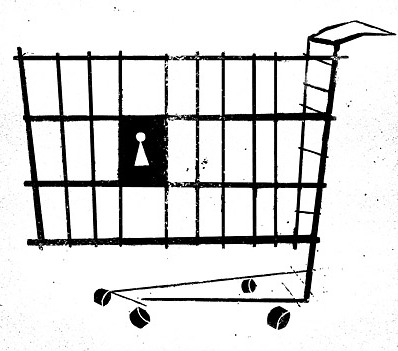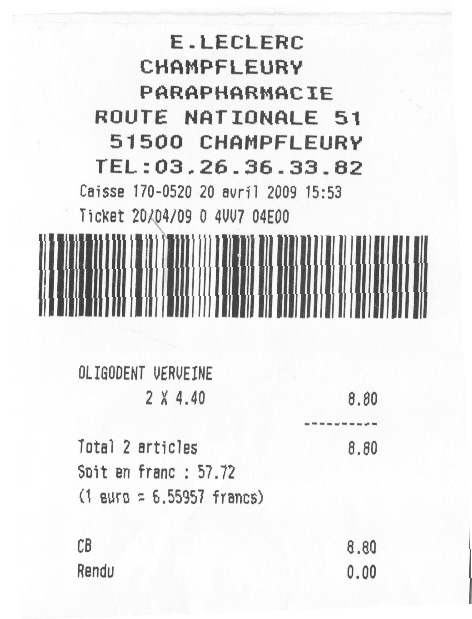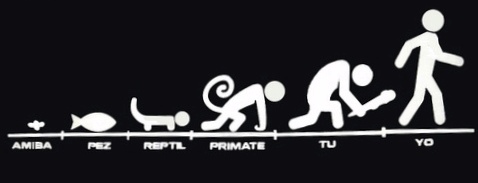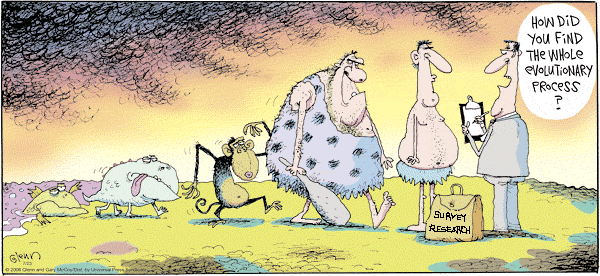
In all the public discourse surrounding Tiger Woods and his alleged infidelities, one of the primary topics of interest has been the millions of dollars he may have paid to silence his mistress(es) and mollify his wife. While there has been a lot of speculation about who got how much, I haven’t seen anyone question the idea of linking money and monogamy.
The same linkage underlies another contemporary phenomenon: the “bad boy clause” in some pre-nuptial agreements, in which one spouse (oddly, it’s usually just one, not both) agrees to pay a financial penalty for cheating on the other. It’s hard to say how common this is, but such contracts are apparently enforceable and have been upheld in court.
The money-monogamy link raises a number of questions in my mind, including:
-
What are these payments supposed to mean to the wronged spouse?
Say Tiger Woods has really paid millions to his wife as a result of cheating on her—is his wife supposed to understand that money as a conciliatory gift, like an XXL version of a bouquet of flowers with an “I’m sorry” note attached? Or is she supposed to receive it as a form of compensation, like the victim of medical malpractice who gets a big settlement in return for the loss of her health?
Economic sociologists will recognize here the outlines of Viviana Zelizer’s (1996) taxonomy of exchange types and the kinds of social relationships they imply (“Payments and Social Ties”).
Either way—gift or compensation—there is acknowledgement that a wrong has been done, which is probably valuable in its own right. What I’m asking, however, is the question implied by the Zelizer article: what kind of payment is this, and what kind of relationship does it imply between the spouses? Typically, gifts are associated with private life and emotional intimacy, whereas compensation forms of exchange more often occur in the public sphere. Gifts are (at least nominally) personal and emotion-laden, whereas compensation is impersonal, with legal-bureaucratic associations.The distinction would seem to matter for the future of the relationship: a gift would imply that there was still intimacy and a personal bond left to repair, and perhaps a hoped-for future together; in contrast, framing the payment as compensation has a kind of “cashing out” finality to it, shifting the relationship onto ground usually occupied by adversaries who have no intention of remaining connected to one another.
In more concrete terms, if you’re the spouse receiving the kind of multi-million-dollar payment that Elin Nordegren Woods is supposedly getting from her supposedly cheating husband, what does that exchange mean to you in terms of the relationship, and your own self-image?
It’s easy to be glib about this, and focus on her ability to “take the money and run.” But that ignores the emotions involved: if Elin loves her husband, the money may seem both totally inadequate as compensation for a broken heart and broken dreams, and inappropriately impersonal as a gift; if she doesn’t love him, she may still feel angry at the public humiliation she has experienced as a result of his behavior, and feel that neither gift nor compensation can fix the damage to her dignity.
In other words, one can imagine situations in which the offer of money by a cheater to his wronged spouse could actually come across as adding insult to injury—as a cheap substitute for real understanding of the impact of infidelity, as if the wronged spouse is a kind of coin-operated machine, whose sense of betrayal can be assuaged with the application of sufficient funds to the wound.
-
Do financial penalties deter infidelity?
From the perspective of the spouse who has been or might be unfaithful, does paying out a large sum of money alter his or her future behavior? If Tiger Woods has in fact paid millions to control the damage of having extra-marital affairs, should we expect the experience to make him think twice about cheating on his wife going forward? Or does someone who signs off on a “bad boy clause” in a pre-nuptial agreement really run through a mental calculus weighing the costs and benefits of having an affair?
Causal linkages of this sort are implicit in the money-monogamy link, but I’m skeptical. I don’t think people are that rational, especially when it comes to governing their appetites for sex, power, admiration, or whatever extra-marital affairs may signify for them.
Social scientific research established decades ago that humans are boundedly rational. And philosophers reached that conclusion even earlier: 18th century Scottish thinker David Hume—a rough contemporary of Adam Smith, and like Smith, an economist as well as a moral theorist—famously argued that emotions drive our decision-making. Rationality, he claimed, enters into
David Hume, who probably would have scoffed at "bad boy clauses." And pre-nups generally. the decision process at the end, in the form of rationalizations applied to obscure the true nature of our choices. In Hume’s own formulation,”Reason is and ought only to be the slave of the passions.”
Social psychology provides another reason for skepticism about the money-monogamy link, emphasizing the power of context over character in shaping human behavior. One consequence of this is the fundamental attribution error. As I’ve written elsewhere, the lesson I take from this literature and from my own research is that rationality is not so much a property of individuals as of situations.
Schemes involving payment for infidelity represent one attempt to change the context of extra-marital affairs—to introduce a negative consequence. But there have long been other negative consequences of cheating which many have found all too easy to ignore, such as causing pain to one’s spouse and other family members, loss of reputation or social status, and even loss of one’s job (cf. former New York Governor Eliot Spitzer). If none of that has been sufficient to deter infidelity, why would a financial payout achieve better results?
To answer these questions, we’d really need to hear from people who have faced this situation in real life: both the cheaters and the spouses they betrayed. Unfortunately, we rarely—if ever—hear about the money-monogamy link except in the context of gossip magazines, where any commentary given by the parties involved is bound to be primarily about impression management. They’re certainly not the place to look for reflection and insight.
What’s really strange to me, however, is that in the absence of any evidence that say, “bad boy clauses” actually deter infidelity, people still use them. And that may be the most compelling evidence for interpreting them as purely punitive devices.
But that just raises another set of questions, like: why would you want to marry on those terms? When one spouse seems so likely to cheat that it’s necessary to have a “bad boy clause” in the pre-nup, and the other spouse spells out how s/he plans to exact retribution for any infidelity, I have to wonder why the couple are bothering to marry in the first place. The whole arrangement just has “train wreck” written all over it.
And why stop at infidelity when you could enumerate all the other deal-breakers in the relationship, like snoring and hogging the remote? Turns out people actually do this! For a bracing example of taking ideas to their logical extremes, check out this list of “14 Popular Provisions in Pre-Nuptial Agreements” from the Irish Times:
- 1. Who will do the housework, what type of housework, and how many times a week.
2. How many times a year is suitable to go on vacation, and where.
3. No contact with people from previous relationships.
4. No cheating, especially with people from previous relationships. Sometimes known as the ‘bad boy’ clause. Taking a second spouse is also sometimes forbidden . . . in Islamic pre-nuptial agreements.
5. No snoring.
6. No leaving the toilet seat up.
7. How many times a week it is acceptable to expect sex.
8. The division of seasonal tickets to sports games and the theatre.
9. How many times a year is suitable to visit the in-laws, and for how long.
10. A declaration of who owns the remote control.
11. A limitation of how much can be spent on a shopping spree, and how often said sprees should take place.
12. A declaration of the monthly plastic surgery budget.
13. Who takes out the rubbish.
14. No weight gain beyond an agreed point.
Each one of these provisions could be the basis for a short story—probably something really bleak and despair-inducing, à la Raymond Carver or John Cheever. And remember, these are just the “popular” ones: imagine what might constitute an uncommon stipulation in a pre-nup. The horror…the horror.










 Shortly after posting
Shortly after posting 








